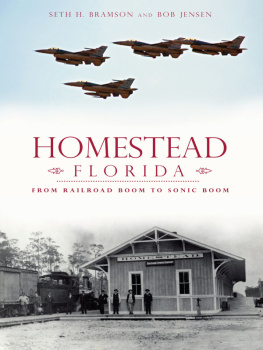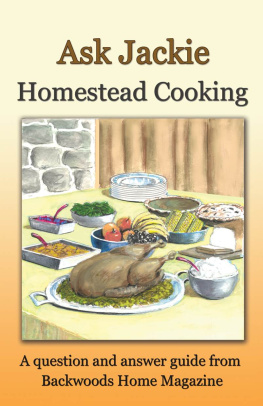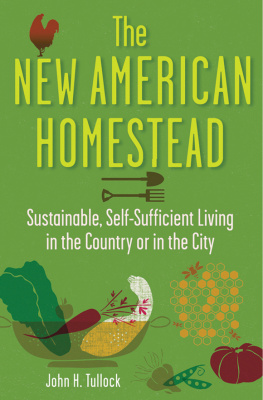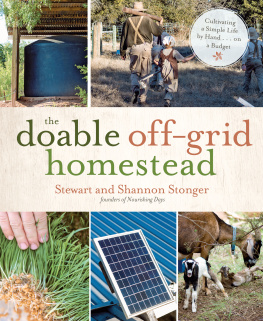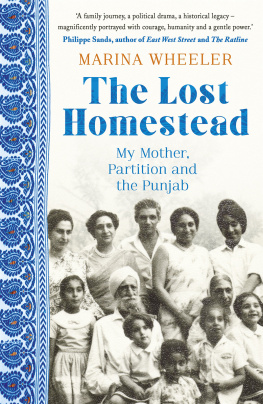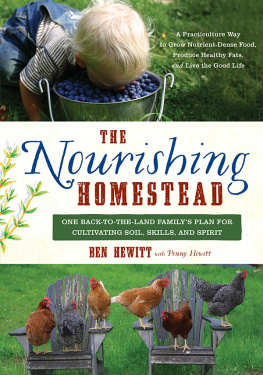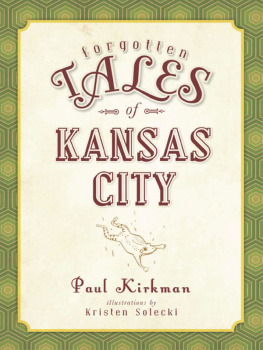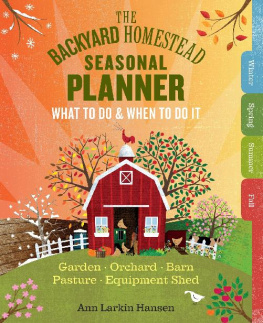
This edition is published by PICKLE PARTNERS PUBLISHINGwww.picklepartnerspublishing.com
To join our mailing list for new titles or for issues with our books picklepublishing@gmail.com
Or on Facebook
Text originally published in 1936 under the same title.
Pickle Partners Publishing 2015, all rights reserved. No part of this publication may be reproduced, stored in a retrieval system or transmitted by any means, electrical, mechanical or otherwise without the written permission of the copyright holder.
Publishers Note
Although in most cases we have retained the Authors original spelling and grammar to authentically reproduce the work of the Author and the original intent of such material, some additional notes and clarifications have been added for the modern readers benefit.
We have also made every effort to include all maps and illustrations of the original edition the limitations of formatting do not allow of including larger maps, we will upload as many of these maps as possible.
SOD AND STUBBLE
The Story of a Kansas Homestead
BY
JOHN ISE
Illustrated by Howard Simon
BREAKING GROUND
TABLE OF CONTENTS
Contents
TABLE OF CONTENTS
REQUEST FROM THE PUBLISHER
DEDICATION
To
My mother, and to the memory of my father ,
who lived the story I have written here .
ILLUSTRATIONS
BREAKING GROUND
CHASED BY A BUFFALO
WORKING IN THE CORN
THE RAILROAD COMES TO DOWNS
HENRY GOES FOR WOOD
BUILDING THE NEW HOUSE
HENRY
ROSIE
PREFACE
A FEW years ago, as I listened one night to my mother telling incidents of her life pioneering in the semi-arid region of Western Kansas, it occurred to me that the picture of that early time was worth drawing and preserving for the future, and that, if this were ever to be done, it must be done soon, before all of the old settlers were gone. This book is the resultan effort to picture that life truly and realistically. It is the story of an energetic and capable girl, the child of German immigrant parents, who at the age of seventeen married a young German farmer, and moved to a homestead on the wind-swept plains of Kansas, where she reared eleven of her twelve children, and, remembering regretfully her own half-day in school, sent nine of them through college, and some of them afterward to Harvard, Yale, Columbia, Stanford, the University of Chicago, and the University of Zurich, Switzerland. It is a story of grim and tenacious devotion in the face of hardships and disappointments, devotion that never flagged until the long, hard task of near a lifetime was done.
It seemed proper and necessary to take a few liberties with the literal truth. I have changed the names of most of the characters, and have even changed the characters in many episodes; but I do not believe that the fundamental accuracy of the picture has suffered. In general, I have tried to tell the story as it was told to me, truly and without exaggeration. I spent a summer in the vicinity of my mothers old home, talking with the few pioneers still living, checking up details of my mothers story. I went through local newspaper files covering the early years, in a further effort to verify important points in the narrative. My sister, Mrs. F. E. Lindley, and her husband, who formerly lived not far from the scene of this narrative, read the manuscript with great care, and she spent two weeks with me and my mother, talking over various incidents. My other brothers and sisters helped generously in many ways. And day after day, as I worked on the story, my mother sat patiently across the table, piecing together the scattered recollections of years now long past.
Not for delectation sweet,
Not the cushion and the slipper, not
the peaceful and the studious,
Not the riches safe and palling, not
for us the tame enjoyment,
Pioneers! O Pioneers!
CHAPTER I THE NEW HOMESTEAD
IT was bright mid-forenoon, of the third of June, eighteen seventy-three, on the prairies of Western Kansas. A covered wagon, drawn by a team of deliberate bays, moved slowly westward along the trail. In the front of the wagon sat a woman driving, a young woman, yet scarcely more than a girl, dressed in a pink sun bonnet and green-striped calico dress, her bonnet pushed far back on her head, to reveal a great roll of black hair and a comely face tanned by sun and wind. Every line of her young face bespoke boundless energy and vitality, and in the downward slant of the corners of her mouth there was an expression of resoluteness and determination that might have lent a trace of hardness to her face, but for the friendly animation of her brown eyes, which wandered everywhere in tireless interest as the wagon rattled along the rough trail.
A good stones throw behind the wagon trailed a herd of several cattle, one of them limping painfully along, driven by a stocky, bearded man afoot, a man apparently at least ten years older than the woman in the wagon ahead. Unlike her, he seemed little interested in anything along the way; and, except when he was urging the tired cows on, he walked along with his eyes on the trail, as if absorbed in thought, twirling the willow switch in his hand, or snapping it at the wild flowers that grew in the buffalo grass along the trail. Awakening occasionally from his seeming reverie to note that the wagon had gone far ahead, he would brandish his switch and press his herd with vigor until he regained some of his lost ground, and then would fall again into his abstracted manner.
At a spoken whoa! the horses stopped. The woman wrapped the lines around the bow of the wagon, stepped down onto the wheel, and gathering her skirts in her hand, leaped to the ground.
Henry, come on now! she called out, starting back to meet him. Ill drive the cows a while again.
You go on ahead, he replied, flourishing his switch at the laggards in his herd. Its only a few miles yet.
She walked back to him, and took the switch from his hand. Ill drive em, she said, smiling, but in a tone of finality.
A puzzled expression crossed the mans face, then, apparently sensing the futility of argument, he climbed up into the wagon and untied the lines.
Giddap Frank! Giddap Sam! The horses started on, the tired cows and the young woman following.
With the new driver, the wagon moved more slowly, jogging sleepily along the ruts that served as a road; but the cows no longer lagged far behind, for Rosie indulged in no reveries. With resolute determination in every step, she not only kept the cows close behind the wagon, but found time to gather bouquets of the breadroot, prairie roses, larkspurs and daisies that grew along the roadside. The flowers were bright and fresh, from a rain which had fallen the night before.
It was a wonderful new world that the young woman was entering, a world of strange and interesting sights, a world rapidly shedding the wildness, the raw, savage loneliness of the uninhabited prairie, and taking on the habiliments of settled and orderly civilization. There were prairie dog towns along the way, where the soft, grayish-green sod was pock-marked with symmetrical mounds, on which the wary little dogs stood like statues, then darted down into their holes with a warning bark as the wagon came nearer. Rosie saw buffalo wallows here and there, in which the buffaloes had disported themselves so recently that the pits were still bare of weeds and grass.





